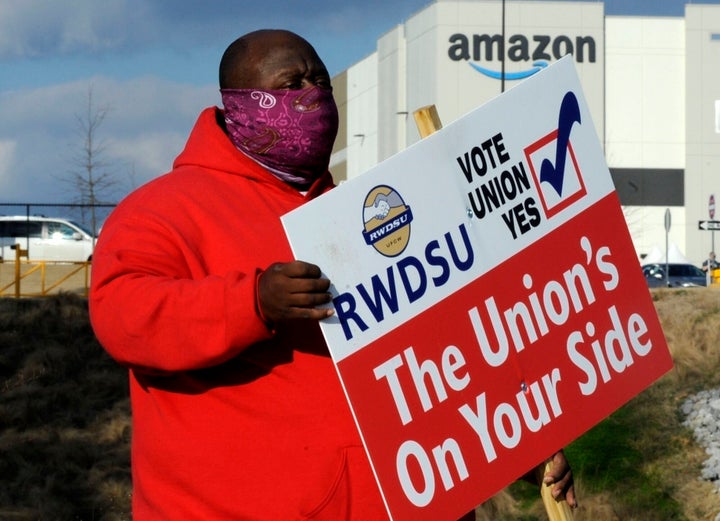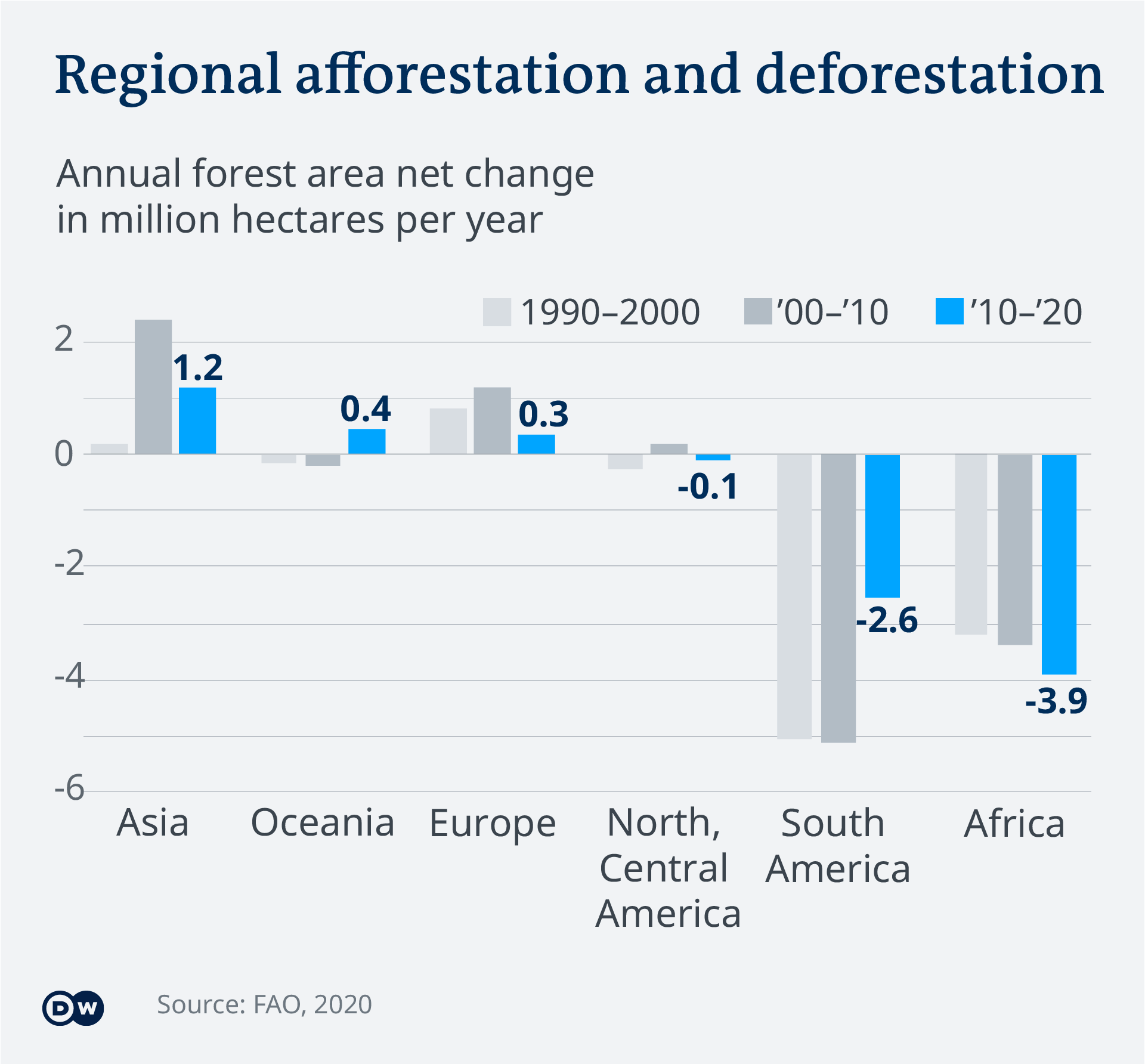
A sign marks the site of a new South Carolina Ports Authority terminal named for longtime state Sen. Hugh Leatherman on Monday, Oct. 25, 2021, in North Charleston, S.C. Currently, the International Longshoremen's Association is calling on the Biden administration for help resolving a labor dispute at the terminal.
(AP Photo/Meg Kinnard)
MEG KINNARD
Mon, November 1, 2021
COLUMBIA, S.C. (AP) — As port logjams across the country continue to constrain the U.S. supply chain, the union that represents dockworkers at South Carolina's ports tells The Associated Press it is calling on the Biden administration for help in a dispute related to a new shipping terminal.
But the chief executive in charge of the state's ports authority tells AP that the “hybrid” union-non-union employment model at the Port of Charleston “has worked to the benefit" of all employees.
At issue is the September decision of a National Labor Relations Board administrative law judge, who ruled that the International Longshoremen's Association could not prevent shipping lines from calling on the new Leatherman Terminal in North Charleston.
The $1 billion first phase of the terminal, named for longtime state Sen. Hugh Leatherman, opened earlier this year and is operating at 35% of its current capacity. Under a contract reached with the United States Maritime Alliance, which represents shipping carriers, the union has claimed that only its members will be the ones to operate heavy-lift equipment, like cranes, at newly constructed terminals in the state, such as Leatherman.
Currently, those cranes are operated by State Ports Authority employees, not longshoremen.
Attorney General Alan Wilson and the South Carolina Ports Authority filed an unfair labor practice charge against the union and the alliance. The case, Newsome said, accuses both entities of pressuring carriers not to call on the Leatherman terminal, implementing what Newsome called a “secondary boycott” — an illegal tactic under the National Labor Relations Act.
But, according to the judge who heard that complaint, that deal was intended to preserve work for the union, not take over previously non-union jobs. The longshoremen, the judge wrote, cannot “threaten, restrain or coerce” shipping lines “to cease doing business with the South Carolina State Ports Authority, the State of South Carolina or any other person."
In a statement provided Monday to AP — the union's first comments since the decision — Kenny Riley of the International Longshoremen’s Association called South Carolina's climate toward unions “hostile” and vowed to keep fighting the issue in court. The association also said it would "seek the support of the Biden administration to advocate for a strong and sustainable future for union workers.”
South Carolina is a “right-to-work” state, meaning workers can’t be compelled to join unions, even if the organizations represent them. According to data released earlier this year by the Bureau of Labor Statistics, South Carolina had the lowest union membership rate, at 2.9 percent.
Newsome, in an interview with AP, said “there’s no advantage to” Ports Authority employees joining the union, where he said they would not be paid as well as they are currently.
“I think our guys would take a cut in pay if they went to work for the union," Newsome said.
Last month, President Joe Biden announced a deal to expand the Port of Los Angeles to a 24-hour, seven-days-a-week operation as a way to try to tamp down inflation. It comes as prices keep climbing and container ships wait to dock, a traffic jam threatening the U.S. economy and holiday shopping.
Prices are jumping in large part because container ships are stranded at ports, and because unloaded goods are waiting for trucks, leading to mass shortages and delays that have caused a longer than expected bout of inflation.
As for the port slowdown, Riley blamed South Carolina's Republican leadership like Wilson and Gov. Henry McMaster for the Leatherman terminal sitting “nearly idle” while they are “trying to score political points” with the NLRB case. The ordeal, he said, represented “an ugly pattern of relentless efforts by the state’s most ardent union busting Republican lawmakers to oppress trade unionism, no matter the cost or consequence.”
Newsome, conversely, said it was the union whose tactics were intimidating mostly foreign-owned carriers from calling on the Leatherman terminal, out of fear of running afoul of U.S. labor laws, thereby allowing supply chain issues to fester.
“There's no reason that they can’t call there," Newsome said, of the Leatherman terminal, which is currently home to one shipping line, Hapag-Lloyd. “When we have supply chain issues out the wazoo in this country ... why constrain this terminal? There's no reason to.”
___
Meg Kinnard can be reached at http://twitter.com/MegKinnardAP.
MEG KINNARD
Mon, November 1, 2021
COLUMBIA, S.C. (AP) — As port logjams across the country continue to constrain the U.S. supply chain, the union that represents dockworkers at South Carolina's ports tells The Associated Press it is calling on the Biden administration for help in a dispute related to a new shipping terminal.
But the chief executive in charge of the state's ports authority tells AP that the “hybrid” union-non-union employment model at the Port of Charleston “has worked to the benefit" of all employees.
At issue is the September decision of a National Labor Relations Board administrative law judge, who ruled that the International Longshoremen's Association could not prevent shipping lines from calling on the new Leatherman Terminal in North Charleston.
The $1 billion first phase of the terminal, named for longtime state Sen. Hugh Leatherman, opened earlier this year and is operating at 35% of its current capacity. Under a contract reached with the United States Maritime Alliance, which represents shipping carriers, the union has claimed that only its members will be the ones to operate heavy-lift equipment, like cranes, at newly constructed terminals in the state, such as Leatherman.
Currently, those cranes are operated by State Ports Authority employees, not longshoremen.
Attorney General Alan Wilson and the South Carolina Ports Authority filed an unfair labor practice charge against the union and the alliance. The case, Newsome said, accuses both entities of pressuring carriers not to call on the Leatherman terminal, implementing what Newsome called a “secondary boycott” — an illegal tactic under the National Labor Relations Act.
But, according to the judge who heard that complaint, that deal was intended to preserve work for the union, not take over previously non-union jobs. The longshoremen, the judge wrote, cannot “threaten, restrain or coerce” shipping lines “to cease doing business with the South Carolina State Ports Authority, the State of South Carolina or any other person."
In a statement provided Monday to AP — the union's first comments since the decision — Kenny Riley of the International Longshoremen’s Association called South Carolina's climate toward unions “hostile” and vowed to keep fighting the issue in court. The association also said it would "seek the support of the Biden administration to advocate for a strong and sustainable future for union workers.”
South Carolina is a “right-to-work” state, meaning workers can’t be compelled to join unions, even if the organizations represent them. According to data released earlier this year by the Bureau of Labor Statistics, South Carolina had the lowest union membership rate, at 2.9 percent.
Newsome, in an interview with AP, said “there’s no advantage to” Ports Authority employees joining the union, where he said they would not be paid as well as they are currently.
“I think our guys would take a cut in pay if they went to work for the union," Newsome said.
Last month, President Joe Biden announced a deal to expand the Port of Los Angeles to a 24-hour, seven-days-a-week operation as a way to try to tamp down inflation. It comes as prices keep climbing and container ships wait to dock, a traffic jam threatening the U.S. economy and holiday shopping.
Prices are jumping in large part because container ships are stranded at ports, and because unloaded goods are waiting for trucks, leading to mass shortages and delays that have caused a longer than expected bout of inflation.
As for the port slowdown, Riley blamed South Carolina's Republican leadership like Wilson and Gov. Henry McMaster for the Leatherman terminal sitting “nearly idle” while they are “trying to score political points” with the NLRB case. The ordeal, he said, represented “an ugly pattern of relentless efforts by the state’s most ardent union busting Republican lawmakers to oppress trade unionism, no matter the cost or consequence.”
Newsome, conversely, said it was the union whose tactics were intimidating mostly foreign-owned carriers from calling on the Leatherman terminal, out of fear of running afoul of U.S. labor laws, thereby allowing supply chain issues to fester.
“There's no reason that they can’t call there," Newsome said, of the Leatherman terminal, which is currently home to one shipping line, Hapag-Lloyd. “When we have supply chain issues out the wazoo in this country ... why constrain this terminal? There's no reason to.”
___
Meg Kinnard can be reached at http://twitter.com/MegKinnardAP.























